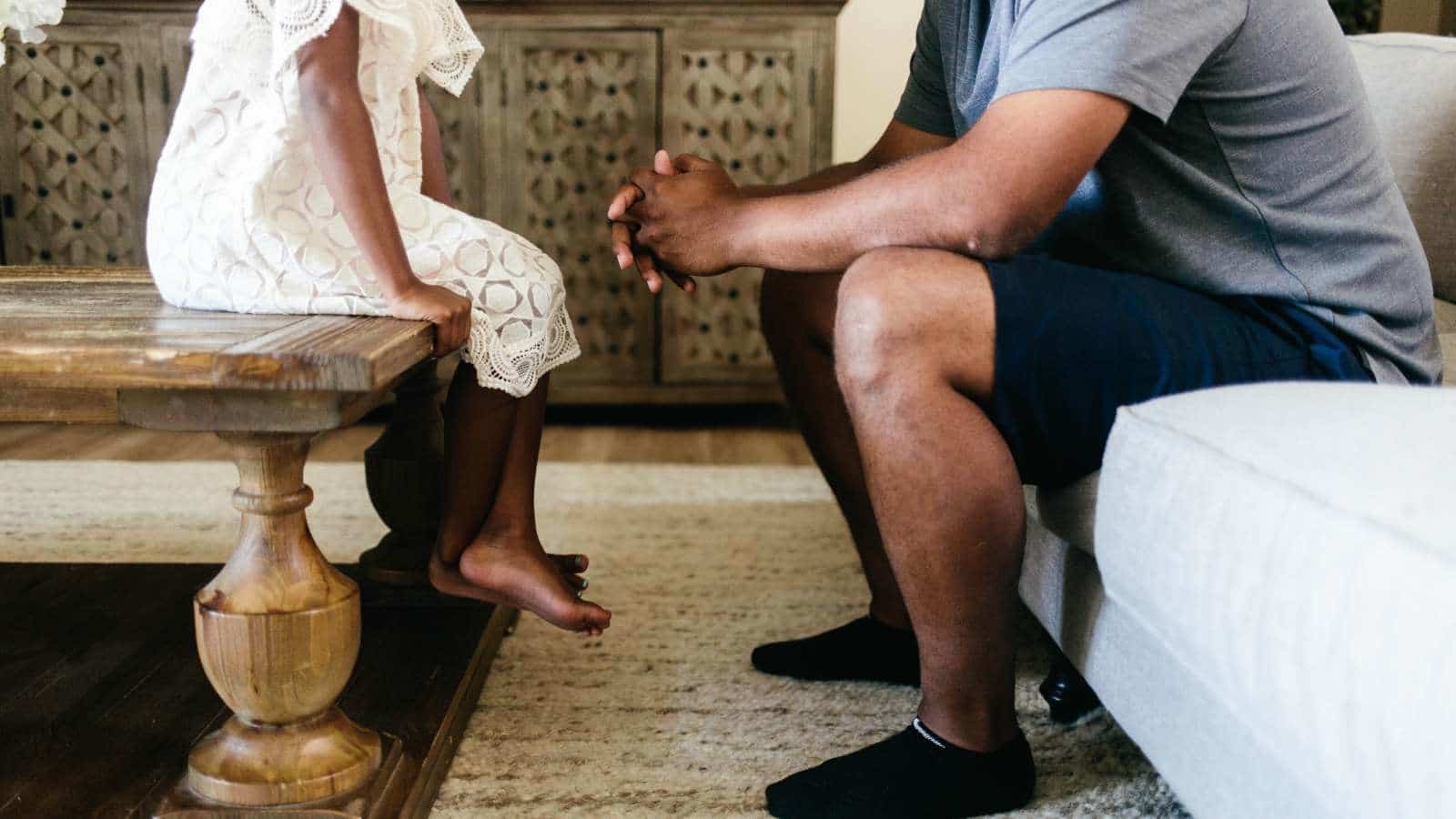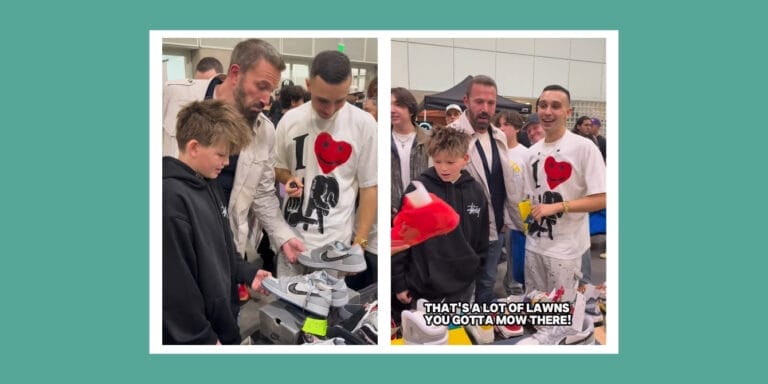How to tell your child is realizing her human potential—year-by-year

People with realized human potential are separate, social and adaptive beings.
Human potential is a wondrous thing.
From physical transformation to psychological development, our capacity to evolve and burst forth with new possibilities sneaks up on us as if by magic. This is evident as I watch my friends and family members reveal their shock as my kids become teenagers, “Wow, she is growing,” or “I can’t believe how tall she is now!” I love how growth seems to surprise us over and over again, honoring the wonderful mystery it represents.
Within our children lies dormant the potential for growth. The type of human potential I am referring to is not about academic achievements, social status or good behavior, individual talents or gifts.
It is about the potential for maturity and how they are meant to evolve as socially and emotionally responsible individuals.
As parents we look for signs that measure whether our kids are on track developmentally. Based on the maturation theory as synthesized by Gordon Neufeld, there are three vital signs that can help us take our children’s developmental pulse and consider how they are unfolding. Signs of good development include whether they are moving towards becoming a separate, social and adaptive beings.
Becoming a separate being
As a separate being, a child should be moving towards increasing independence and taking responsibility for decision making. They should be forming a sense of agency and steering confidently towards their own goals and ideas. Realizing one’s potential as a separate being means a child sees oneself as a unique being and will rarely be bored, will be full of vitality and is curious about the world around them.
Signs of becoming a separate being in a 3 or 4 year old includes being able to play on their own for short periods of time and sometimes getting upset by limits and restrictions imposed on them.
The more a child starts to grow and form their own intentions, the more frustrated they may become when they are thwarted and told no. A child at this age may show signs of wanting to do things for themselves such as getting dressed, be toilet trained and can readily tell you their own ideas and meaning about the world they see.
As a child enters the middle years at around 8 to 11, they will have clearer preferences and ideas about what they like and who they are.
Their particular interests may start to take shape and they may make commitments towards particular activities. They will ideally be able to take more responsibility for household chores as well do their homework with little prompting. They enjoy having a little more freedom and being able to voice their ideas to those they trust.
The 14 to 15 year old who is developing as a separate being should ideally be OK with solitude and be able to fill their time with creative endeavours such as drawing, writing, painting, playing music or physical activity.
They should be able to form goals and steer towards them with confidence, for example, wanting to work harder to get better grades or learn a musical instrument. They may become frustrated with friends who are “copy cats” or who cheat in order to get ahead. The more a teen is in the process of becoming their own person, the more they will push against the ideas of others in order to make room for their own; in short, they become allergic to coercion.
Becoming an adaptive being
As a child unfolds as an adaptive being, they should show signs of being able to persist in the face of challenges. They should grow increasingly resourceful and resilient, and be able to overcome adversity. They are able to cope confidently with stress and can accept not getting their own way all the time. As adaptive beings, they are able to let go of their demands when proven to be futile. In other words, they can hear the word no and accept the consequences that come with this. Kids who are adaptive learn from their mistakes and also benefit from correction.
The 3 to 4 year old is in the throes of just starting to understand the limits and restrictions that are part of their world.
Tears are a common occurrence for many of them, especially when they are told no. With enough patience from their adults and walking them through their big feelings while facing limits, they should come to accept the futilities that are part of life—such as no cookies before breakfast and no running around naked while in public places.
They are likely to erupt in aggression when frustrated given that the parts of their brain responsible for impulse control will not wire up until between the ages of 5 to 7, if development is unfolding well.
By the time a child reaches the ages of 8 to 11, they should show signs of being able to weather difficult events such as tests at schools or not winning their soccer game.
While they still may be frustrated with their mistakes, they are able to demonstrate more patience in the face of them not erupt with aggression each time. They should seem more resilient and resourceful as they accept the limits that are part of their life, even reminding younger children of the rules and restrictions. When it comes to school they are able to learn from their mistakes with enough care and patience, and can persist even when up against things that are more challenging for them.
As a child enters their adolescent years they may protest limits and restrictions as part of their growing appetite to emerge as a separate being.
By the time they are 14 to 15 years of age, they may struggle to hear no, especially if being pulled in a different direction by their peers and the culture around them. At this age it is important to still maintain a relationship while preserving limits that are required, for example, around technology use or rules for dating. By this age they should have had enough experience with things that are futile that they know better when to persist and when to be the one to change.
Becoming a social being
If we want our children to realize their potential as global citizens, then they will need to consider another person’s perspective while also holding on to their own point of view. Despite myriad of competing and contrasting views, they should be able to hold onto their identity, ideas, meanings, preferences and intentions. Being a social being means being able to cooperate, understand fairness and appreciate the context around them. It underlies healthy moral development and the capacity to use words to communicate thoughts and feelings.
A 3 or 4 year old is in the middle of developing a sense of identity so becoming a social being is not on their radar.
Personhood must come before community and so the focus of the young child is usually on themselves. While parents may worry that a young child is too self-absorbed, it was nature’s intentions that they must come to understand oneself first before being exposed to the views and perspectives of so many others.
Due to brains that are still under development, they often lack the capacity for patience and think fairness means getting their own way. They don’t mix well with others and it is quite natural for them to prefer their own company and to get lost in worlds of their own creation.
As a child enters the years 8 to 11, they should be increasingly able to understand irony and paradox.
At last, knock-knock jokes start to make sense and they are more patient when frustrated. With ideal brain development they are now able to experience mixed feelings, being able to take into account someone’s perspective as well as their own. They may shown signs of true cooperation and consideration, as well as being able to act with courage. If development is unfolding well they should mix better with others and work towards solving problems and conflict. They should demonstrate more balance and stability in their emotional expression given their increased capacity to reflect and make sense of their experiences.
As a child enters into early adolescence they seem to take a step backwards and become more emotionally volatile or unpredictable. This is due to changes in the brain and their expanding consciousness which can flood them with experience and emotion.
By the time they are 14 to 15 years old, there is ideally some levelling out and emotional stability returns. They should start to show increasing signs of seeing the world not through a single perspective but being able to take into account multiple experiences and issues. The development of moral reasoning and awakening to a community larger than oneself will be underway with glimpses appearing in their statements or ideals. Their capacity for courage will allow them to steer confidently towards their goals.
By the time a child emerges from their teenage years they should be more fit for society and able to contribute back to it.
Our children’s selfhood cannot be taught or forced; it must be nurtured, cultivated, preserved and protected. The realization of human potential is about our capacity to evolve and transform as separate, adaptive and social beings. Within each of us lies dormant the promise of a mature future but it takes time, patience, understanding and good caretaking.
Carl Jung, the Swiss psychiatrist, said it best idea when he claimed growth could only be made sense of in hindsight and not while it is unfolding. Within our kids is the promise of a mature future, one that adults in their life play midwife to.


































